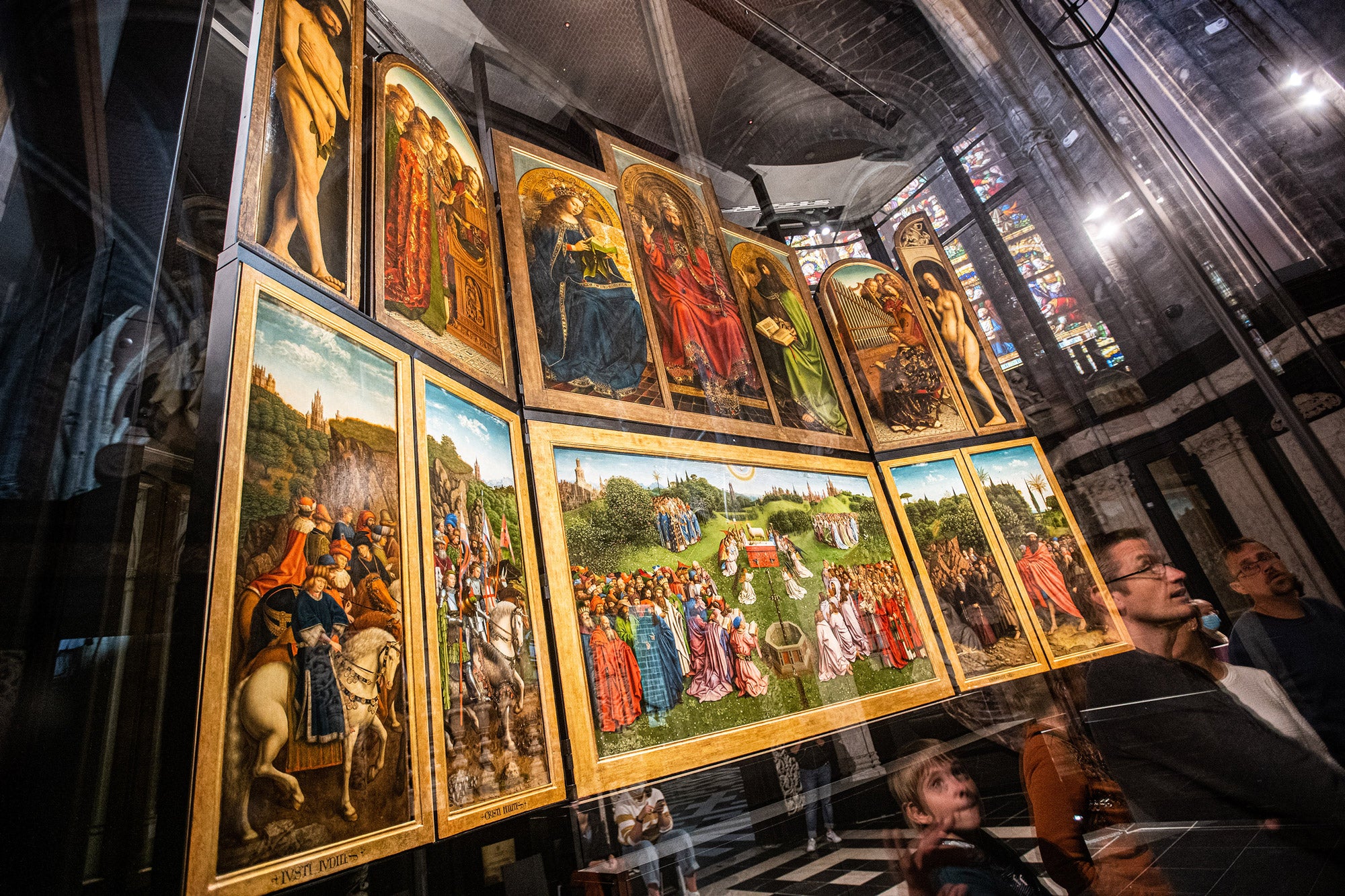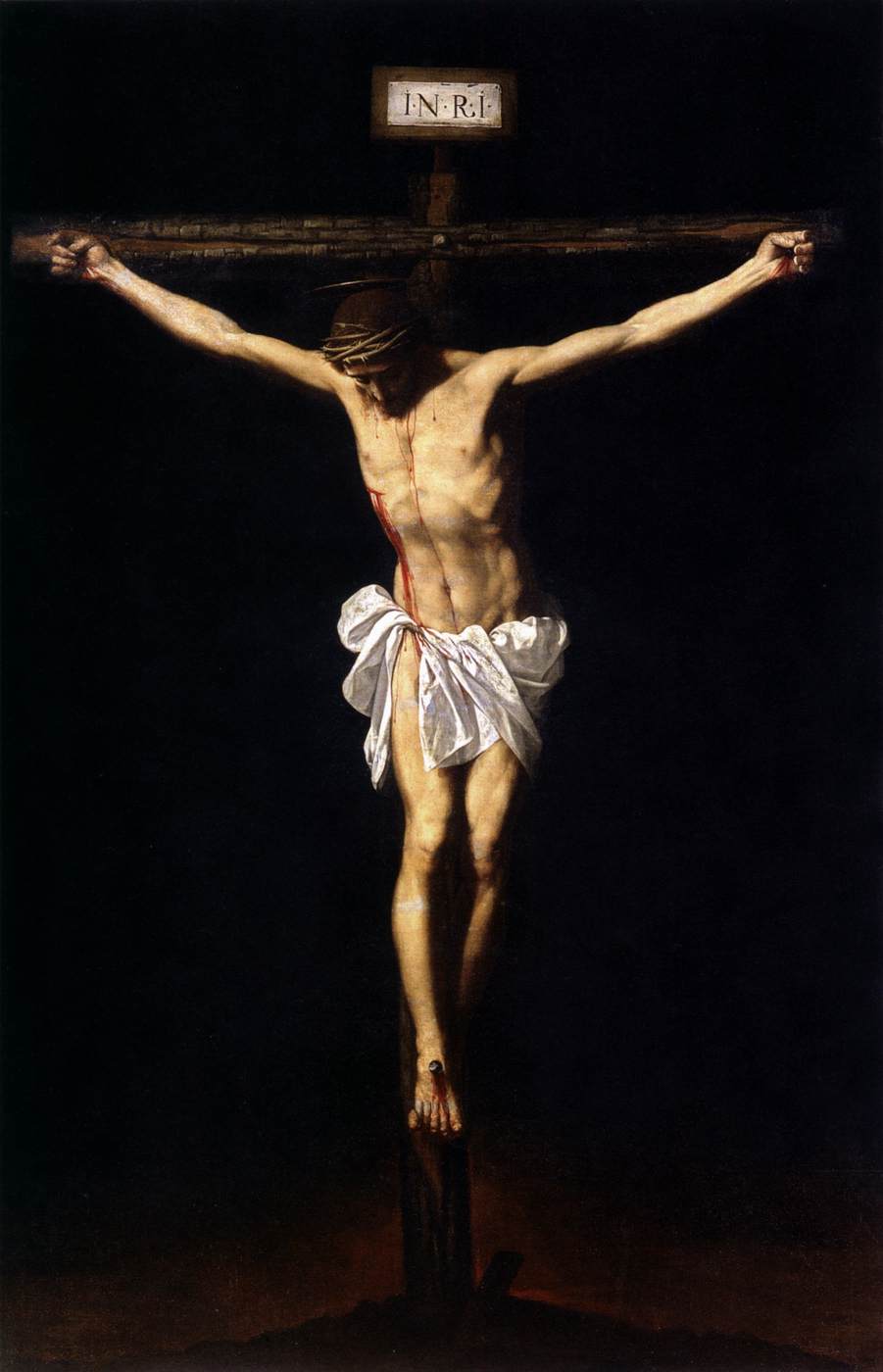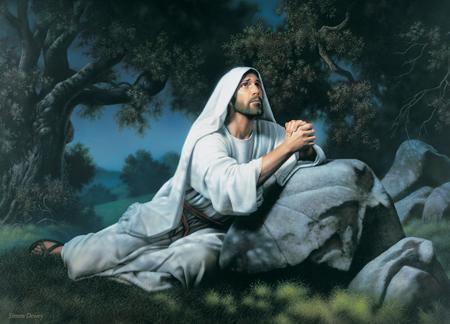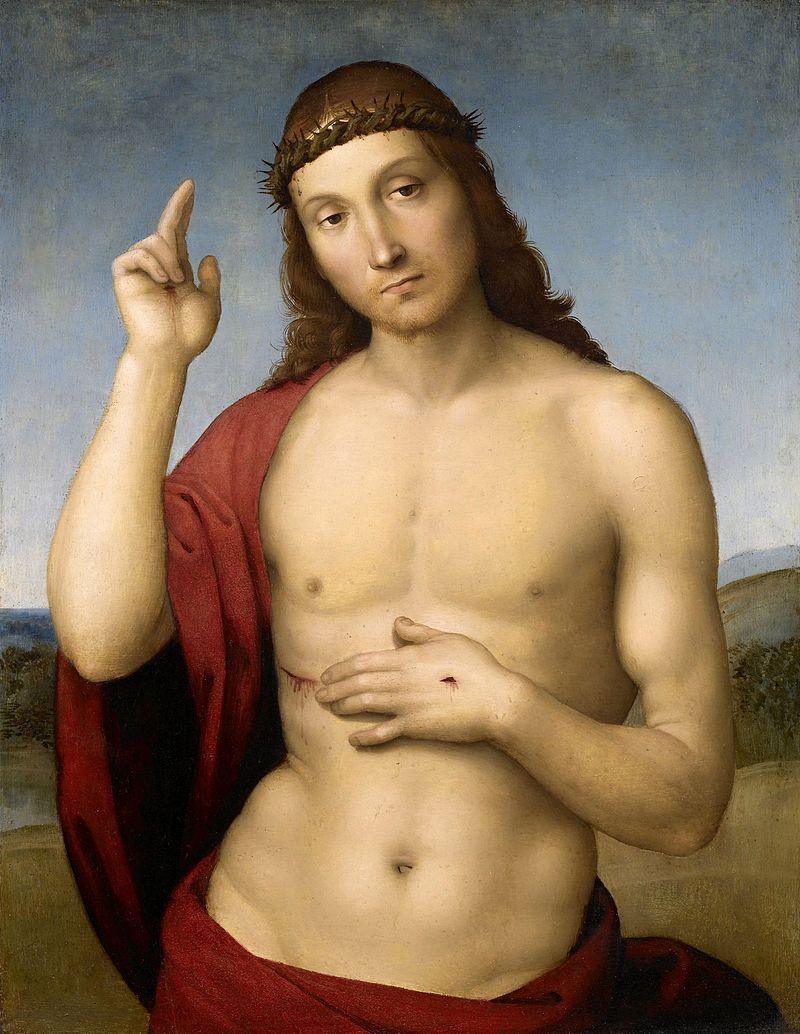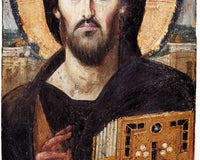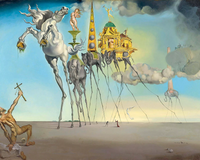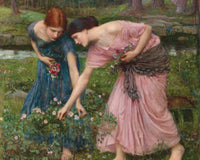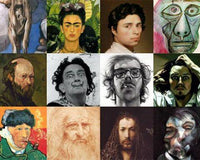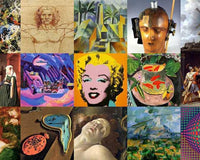Regarding the recently uploaded Netflix movie, The Monuments Men, in which the artwork The Ghent Altarpiece takes a central role, let us talk about this magnificent piece of artistic humanity that continues to delight art connoisseurs and lovers, regardless of their religious or political backgrounds.
And simply put, The Ghent Altarpiece, also known as “The Adoration of the Mystic Lamb,” is recognized worldwide as a great work of art and one of the most influential paintings ever created.
The Ghent Altarpiece is a masterpiece of Flemish art, executed with extraordinary skill by the brothers Hubert and Jan van Eyck. Completed in 1432, the altarpiece represents one of the peaks of Northern Renaissance and remains one of the most enigmatic and deeply symbolic pieces of Christian art.
The Ghent Altarpiece is not only a milestone in the history of art but also a testimony to the sociopolitical and cultural conditions of 15th-century Ghent. At that time, Ghent was one of the richest and most powerful cities in Europe, a center of trade and culture. In this flourishing context, Jodocus Vijd and his wife Elisabeth Borluut, prominent figures in Ghent society, commissioned this work as the centerpiece for the chapel of St. John’s Church (later known as St. Bavo's Cathedral). This commission reflects not only their devotion and status but also the importance of artistic patronage during the transitional period from Medieval to Renaissance.
The Van Eyck brothers, Hubert and Jan, combined impressive technical mastery with an innovative interpretation of space and light in this work. They broke away from the prevailing Gothic style to present greater depth and realism, marking a before and after in the transition to the Renaissance. The oil painting technique, perfected by them, allowed for a richness of details and a luminosity previously unknown, setting new standards for pictorial representation.

The work is notable for its complex structure and use of space. The Ghent Altarpiece is a polyptych, consisting of multiple panels that, when closed, show the Annunciation along with figures of the donors and saints. When opened, it reveals a rich and complex narrative centered on the figure of the Mystic Lamb, which is adored by various groups of people.
The iconography of the altarpiece is also complex and densely symbolic. The representation of the Mystic Lamb, which is simultaneously an image of Christ and a symbol of sacrifice and salvation, becomes the core from which other meanings radiate. The surrounding panels, with figures of saints, angels, and martyrs, not only create a panorama of Christianity but also reflect a cosmological vision rich in theological and spiritual symbolism.
The precision in detail is astounding. The Van Eyck brothers used innovative oil painting techniques to achieve a richness of detail, texture, and luminosity that was unprecedented in their time. The representation of light and surfaces, from jewels to vegetation and water, demonstrates an astonishing realism that practically invites the viewer to enter the scene.
The color in The Ghent Altarpiece is another of its most remarkable aspects. The Van Eycks employed vibrant colors and a varied palette to differentiate elements, convey emotions, and symbolize theological ideas. The deep greens, reds, and blues not only structure the composition but also fill it with meaning and emotion.
The characters depicted in the altarpiece range from biblical figures to saints and martyrs, each represented with a degree of individuality that was novel for the time. The attention to detail in their expressions and garments not only reflects a deep respect for each subject but also provides a wide spectrum of human emotions, from devotion to mystical ecstasy.
But beyond its technical and aesthetic aspects, The Ghent Altarpiece is a deeply symbolic work. Each panel, each figure, and almost every object has a deeper meaning, many of which are still subjects of analysis and debate. From the depiction of the Mystic Lamb, which is an image of Christ, to the complex iconographic patterns that encompass the entire work, the altarpiece is a visual text rich in theological symbolism.
Despite its fame and its meticulous study, The Ghent Altarpiece still holds secrets. Some aspects of its symbolism, the precise identity of all the characters, and the complete interpretation of its numerous layers of meaning remain enigmas. Furthermore, the history of the altarpiece is marked by episodes of neglect, damage, and restorations, which have only added layers to its mystery and legend.
The life and work of the Van Eyck brothers remain largely mysterious, but their legacy is indisputable. While little is known about Hubert, Jan is recognized for his detailed portraits and landscapes, which exhibit meticulous observation of nature and humanity. His influence spread throughout Europe, marking the beginning of a new era in painting.
The restoration efforts of The Ghent Altarpiece have revealed not only the original techniques and materials used by the Van Eycks but also changes and alterations made throughout the centuries. These restorations have been crucial for better understanding the original intent of the artists and preserving the work for future generations.
The history of the altarpiece is marked by dramatic episodes, including thefts and the dispersion of its panels, especially during conflicts such as World War II. Some panels, such as "The Just Judges," remain missing, adding an aura of mystery to the work.
The impact of The Ghent Altarpiece extends beyond its artistic value, influencing generations of artists and leaving an indelible mark on the history of art. Its presence in modern culture, from literature to cinema, demonstrates its persistent relevance and fascination.
The theological importance of The Ghent Altarpiece cannot be underestimated. As a comprehensive vision of the Christian faith, it reflects the beliefs and hopes of its time, offering a window into the spirituality of the 15th century and its interpretations of divine mysteries. Overall, The Ghent Altarpiece stands as a monument to the faith, art, and culture of its time, a legacy that continues to inspire and challenge humanity.
Eight Interesting Aspects of The Ghent Altarpiece
1. The Wandering Lamb

As you may know, The Ghent Altarpiece is inextricably linked to St. Bavo's Cathedral in Ghent. However, the painting has had a tumultuous history. The painting ended up in Paris after the French Revolution in 1789. French troops removed the masterpiece from the cathedral and transported it in a horse-drawn cart. It was the Duke of Wellington who returned the altarpiece to St. Bavo's Cathedral.
A year later, six panels were sold to art dealer LJ Nieuwenhuys for 3,000 florins. The panels eventually ended up in the hands of the King of Prussia. After World War I, Germany was forced to return the panels to Belgium as compensation. During World War II, the polyptych was taken to a salt mine near the Austrian village of Altaussee, where Hitler hid various artistic treasures destined for the planned Führermuseum. At the end of the war, Hitler ordered the salt mine to be blown up with all the artwork. A few heroic miners prevented the destruction of The Ghent Altarpiece. They avoided a great disaster in the history of art! The Ghent Altarpiece finally returned to its home, St. Bavo's Cathedral.
2. The Cowardly Theft

Restorations occurred, and panels were stolen, found, and copied. The theft of the panels of The Just Judges and St. John the Baptist was just one more in a long series of tribulations! In the early hours of April 11, 1934, two witnesses saw two shadows in the darkness putting flat objects into a car. The two shadows fled with the panels of the altarpiece. Only a note remained that said "Taken from Germany by the Treaty of Versailles." A few weeks later, a letter arrived at the cathedral demanding a ransom of 1 million Belgian francs. The authorities refused to pay the ransom, and after exchanging more letters, the thief returned the panel of St. John the Baptist. The mystery of The Just Judges remains unresolved. There are many interesting theories, but so far no one has found the crucial clue!
3. Finalist Jan Van Eyck

The councilor of Ghent, Joos Vijd, and his wife Lysbette Borluut commissioned Jan and Hubert Van Eyck to paint The Ghent Altarpiece. They had a chapel added to St. Bavo's Cathedral specifically for this work. This chapel is called Vijdkapel or Vijd chapel. You probably don't know that it was mainly Jan Van Eyck who painted The Ghent Altarpiece. Hubert Van Eyck started working on the altarpiece, but no one knows exactly what his contribution was, as he died in the early stages of the creation of the work. His brother Jan completed the altarpiece in 1432.
4. A Microscopic Eye

Jan Van Eyck was a true genius! He was the first artist to perfect the technique of oil painting. Not only did he possess great technical skills, but his eye for detail was phenomenal! The eye of Jan Van Eyck functioned as both a microscope and telescope. He was one of the first painters to realistically represent a moon with craters. Jan Van Eyck worked as a court painter for Philip the Good, Duke of Burgundy, and made several diplomatic visits abroad. Thanks to his travels with Philip the Good, he discovered new landscapes and plants, which he depicted with naturalness and detail in The Ghent Altarpiece. Did you know that the rocks in the painting probably come from the rocky massifs of Liège or Dinant? He could never have painted them without his incredible photographic memory! Jan portrayed Joos Vijd, the donor, not in an idealized way but realistically, with flaws and all. The details in the work are phenomenal!
5. The Comet of Van Eyck

Jan Van Eyck left his mark on the history of art as a "comet." We have few sources that inform us about his life or career, but he suddenly appeared as one of the greatest painters of his time. His style can be described as unique and revolutionary, unlike that of his predecessors or contemporaries. Numerous art lovers praise his best-known work, The Ghent Altarpiece. According to legend, Hugo Van der Goes went mad when he tried to paint the picture and ultimately took his own life. It is said that Jan Van Eyck inspired many artists such as Hans Memling, Dieric Bouts, and Gerard David.
The 15th century can, without exaggeration, be called the century of Van Eyck. Jan Van Eyck is even more esteemed than Da Vinci!
6. Mysteries and Puzzles

The Ghent Altarpiece is a unique work of art with many unsolved enigmas and mysteries. It is said that in the panel with the urban landscape and the Sibyl of Eritrea, human faces can be seen in the sky, but no one knows who they represent. It is said that the horizon of the central panel is a collage of real and fictional buildings. During a restoration of The Ghent Altarpiece in 1951, the lamb appeared to have four ears. The ears of the animal were painted when modifications were made around 1550. The mysterious and supernatural four-eared lamb was on display for a time during the restoration process at MSK. Come take a look and search for hidden faces like a true detective! Who knows, you might even discover another mystery?
Verborgen gezichten
hidden faces
7. Van Eyck's DNA Traces

The Ghent Altarpiece is full of details, and restorers found some brush hairs during the recent restoration process. The hairs are stuck to the paint and have different lengths. Painters sometimes leave fingerprints on their work while manipulating the paint with their fingers, which makes the fingerprints permanent. If you look closely, you may find a hair or a fingerprint. If you are still not convinced that you should visit Ghent and The Ghent Altarpiece, perhaps the last reason will change your mind!
8. The Largest Work of Jan Van Eyck

Jan Van Eyck has left around twenty masterpieces scattered around the world in museums and collections. The artist's life remains largely a mystery, but his works have withstood the centuries! As far as we know, one work by Van Eyck remains privately owned. All other works are in museums around the world. The Arnolfini Portrait and Portrait of a Man, for example, are displayed at the National Gallery in London. The Virgin of Chancellor Rolin is housed in the Louvre Museum, Paris. But in St. Bavo's Cathedral in Ghent, you can admire his most important work, The Adoration of the Mystic Lamb.
In conclusion, The Ghent Altarpiece is not only a milestone in the history of art for its technique and aesthetics, but also for its deep spiritual and symbolic content. The Van Eyck brothers, through this work, not only revolutionized the painting of their time, but also bequeathed a work that continues to inspire and challenge viewers and scholars. Their combination of detailed realism with complex symbolism and deep theological references represents a fusion of artistic skill and spiritual devotion that continues to resonate through the centuries.
KUADROS ©, a famous painting on your wall.

